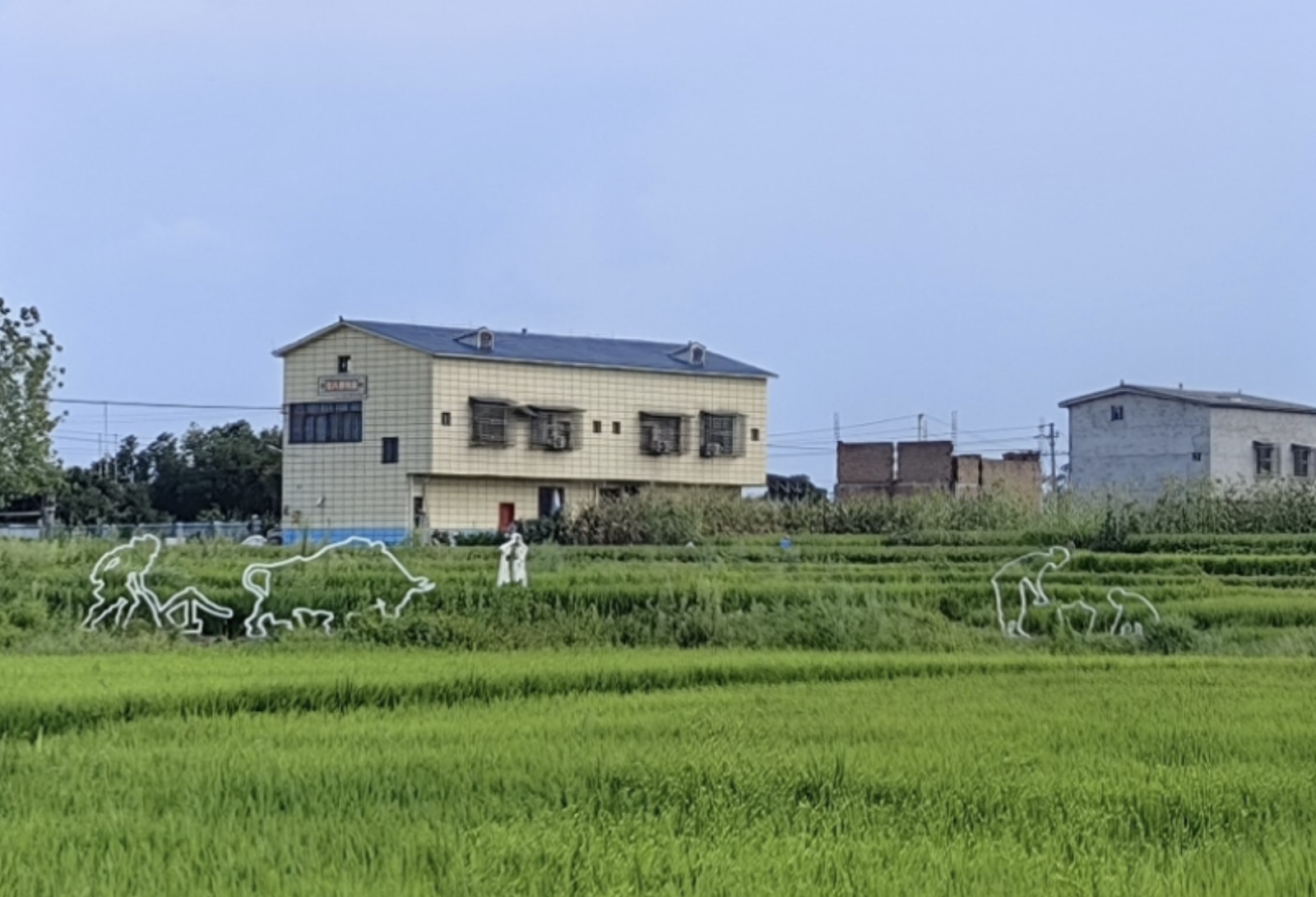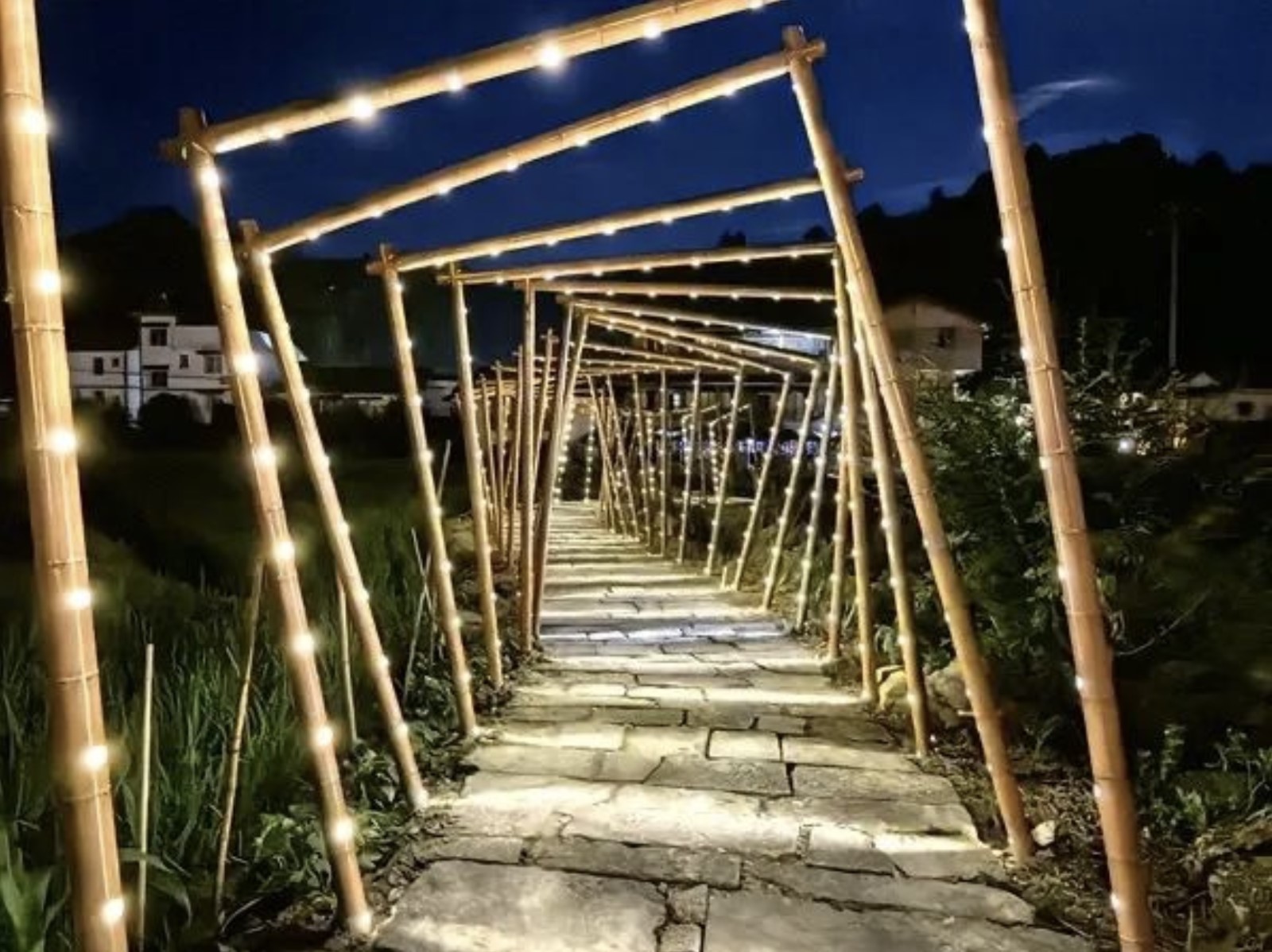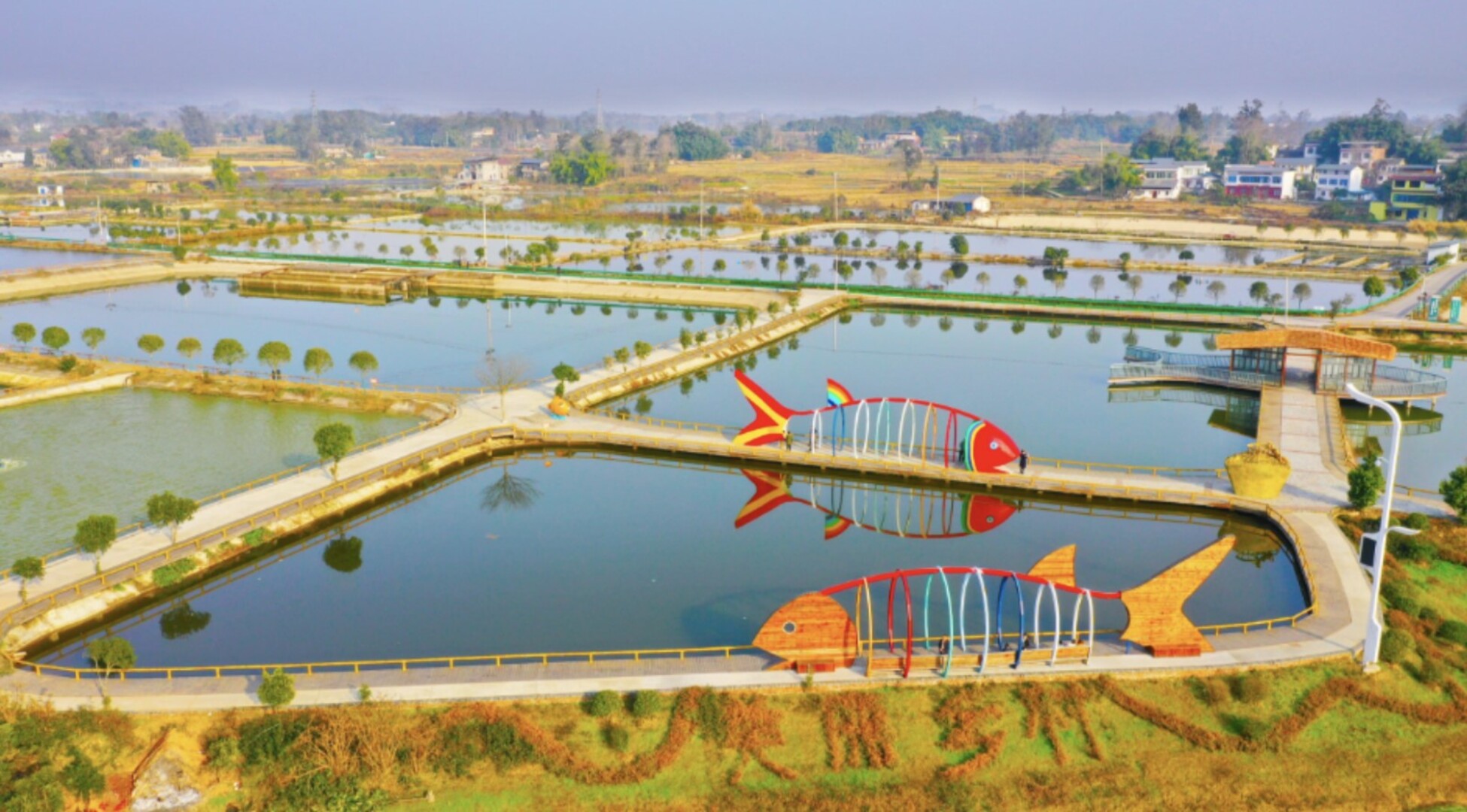Contact us
- Chongqing Industrial Design Promotion Center
- No. 1, Shangqingsi Road, Yuzhong District, Chongqing, People's Republic of China
- +86-23-60332626
- [email protected]

From August 10th to 13th, the grand final series of activities of the Second Imprinted Countryside Creative Design Competition held in Liangping District, Chongqing, which consisted of a final expert evaluation, outstanding works release, and beautiful countryside construction lecture, design to the countryside research, and extraordinary rural creative design works exhibition.

A Competition to Gather Art Elements in Liangping
Co-sponsored by the Rural Economy Research Center of the Ministry of Agriculture and Rural Affairs of the People’s Republic of China, Chongqing Agriculture and Rural Committee, Chongqing Rural Revitalization Bureau, Chongqing Liangping District Committee of the Communist Party of China, the People’s Government of Liangping District, and the Shining Stone Think Tank, the competition has set up three general columns of Village Design, Rural Landscape Design, and Rural Public Facilities Design, as well as five specific columns, Digital Ruralism, Food and Packaging Design, Regional Branding, Non-legacy Empowerment of the New, and Rural B&B.
Nearly 10,000 designers from 300 colleges and universities and thousands of design organizations participated in the competition, and a total of 2,280 valid entries were submitted, covering 29 provinces, autonomous regions, and municipalities.
During the finals, the panel of experts carried out evaluation work according to different track groups. The expert committee selected ten first prizes, 21-second prizes, and 30 third prizes from 370 pieces, then commended the winning works of the National Finals of the Second Imprinted Countryside Creative Design Competition and various awards such as the Outstanding Organization Prize, Special Contribution Prize, and Liangping Customized Competition.
From the actual needs of the countryside, the competition guides teachers and students from universities and designers to organically combine creative design with the excellent farming culture, put creativity on the ground, and drop the design in the field.
During the activity, experts and guests went into the western Sichuan fishing village, Baili Bamboo Sea, Hongyanba, China-Liangping Pomelo Sea, prefabricated vegetable halls to conduct on-site research, to feel the rural landscape and thick culture of Liangping District, and to offer wisdom and suggestions for the construction of Liangping and beautiful countryside.
At the same time, it organized a three-day exhibition of excellent works of rural creative design and a symposium for the relevant persons in charge of each provincial office to share the experience of each place and promote the exchange and cooperation of rural creative design.

A Speech to Draw the Wisdom into the Countryside
Qian Jianchao, secretary of the Liangping District Party Committee, said in his speech that the competition is a deep empowerment for Liangping to tap into the unique Ba Shu culture, red culture, farming culture, and accelerate the promotion of culture +, tourism +, integration of the whole region. Liangping will take this competition as an opportunity to make the charming rural scenery and profound farming civilization become the brightest scenery of Liangping.
During the event, the signing ceremony of the construction of the China Imprints Countryside Pavilion opened, which will be in Shuanggui Lake National Wetland Park in Liangping. China Imprints Countryside Pavilion includes four aspects: Nostalgia Gene Bank, Future Countryside Design Center, Imprints Countryside Exhibition Hall, and Imprints Countryside Parlor, which will promote nostalgia carriers and cultural concepts to the whole country and form a cohesive force of Liangping.
The Second Imprinted Countryside Creative Design Competition is an important carrier to mobilize society to promote rural revitalization. Jin Wencheng, director of the Rural Economy Research Center of the Ministry of Agriculture and Rural Affairs, said. The competition held in Liangping made me witness designs integrated with the industry.
Jin Wencheng said that the design could not just stay in the concept, and drawings, to link product development, village construction, and landscape building, highlighting the regional and the rural and adhering to the people-oriented, built for the people.

Source: Chongqing Release, People’s Daily online-Chongqing Channel
Disclaimer: Except for original content and specific statements, the articles and images published on this website are sourced from the internet and major mainstream media, and the copyrights belong to their respective original authors. If you believe that the content infringes upon your rights, please contact us for removal.